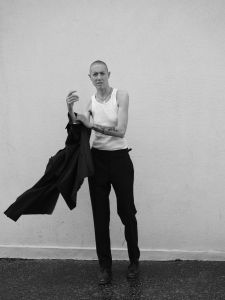Medical historian Thomas Schnalke reflects on who we are and what we are made of in an extract from Anatomy: Exploring the Human Body

The human body is a miracle and a mystery. It enables us to walk, laugh, cry, jump, dance, preach, listen, talk – to live. It makes us present, unique, individual. With our body we make contacts with other humans, creating friends, families, nations, cultures and politics. Our body both joins us to the physical world and permits us to transcend it, to think about the essence of life and to believe in our gods.
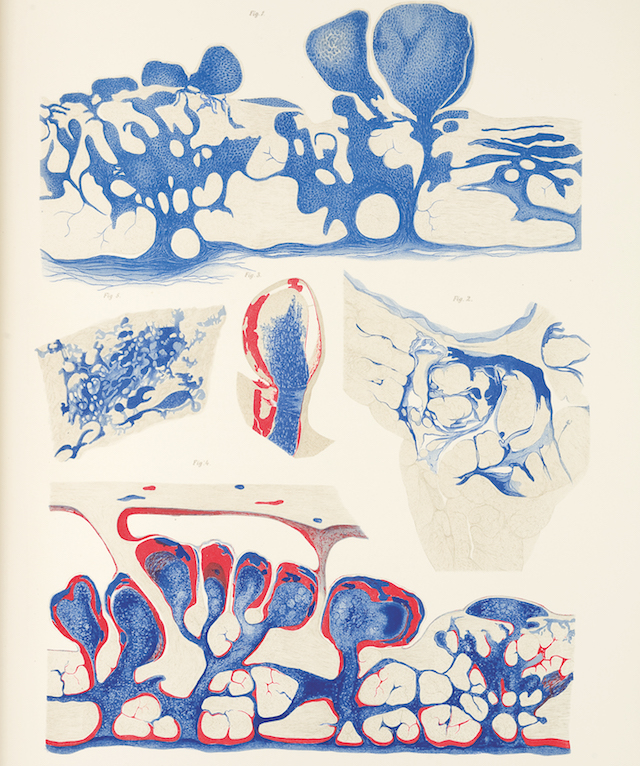
Our body, however, presents itself from only one side: the outside. What lies beneath the skin mostly stays out of sight. The body prompts profound questions: what is inside? How does it function? Its natural concealment triggered a twofold early view of the body, as both a gigantic machine for performing particular tasks and as the seat of knowledge, the soul, the personality. Throughout history different cultures have used a variety of strategies to discover the secrets of the body, including cutting it open for close inspection. This anatomical approach began in Western medicine with the natural philosophers of classical Greece and Rome.
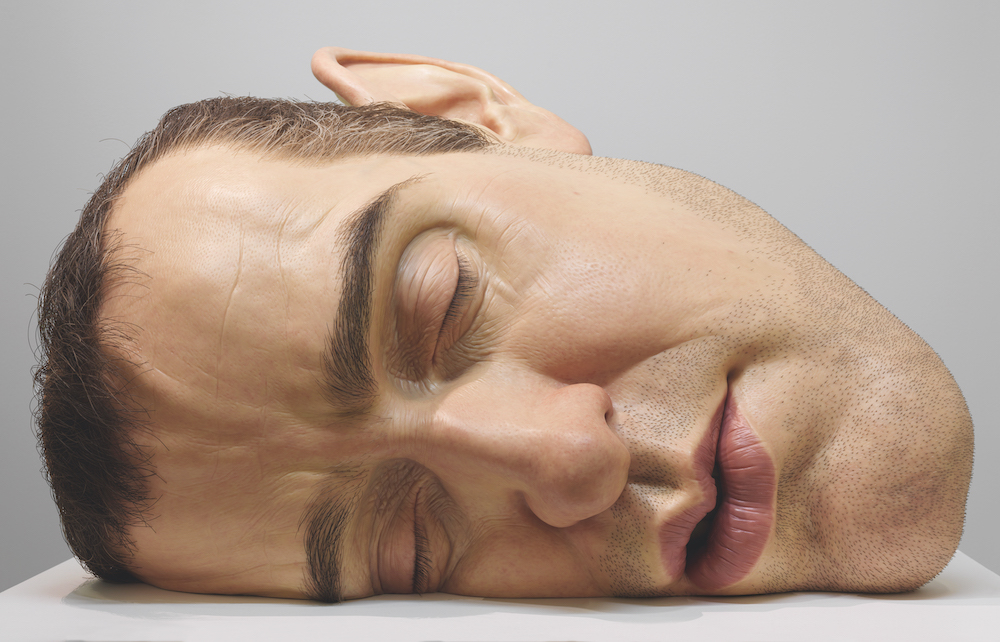
‘Anatomy’ is a Greek term. It means two things: the practice of dissecting the body in a systematic way, and the development of a clear view of what lies within. The study of anatomy is not concerned with the constitution of any specific individual, but rather the anonymous composition of the body in general. The mutual interplay of cutting and observing reveals organs such as the heart and brain, structures such as the muscles and tendons, vessels and nerves, tissues and cells. Each element of the body has its own form and function, sits in its specific site and interacts with the whole. The story of anatomy is the story of the gradual accumulation of knowledge through careful dissection and observation. Greater understanding of the morphology, or form, of the body’s elements and their physiology – their interaction – has led to advances in medicine, social reform and the visual arts.
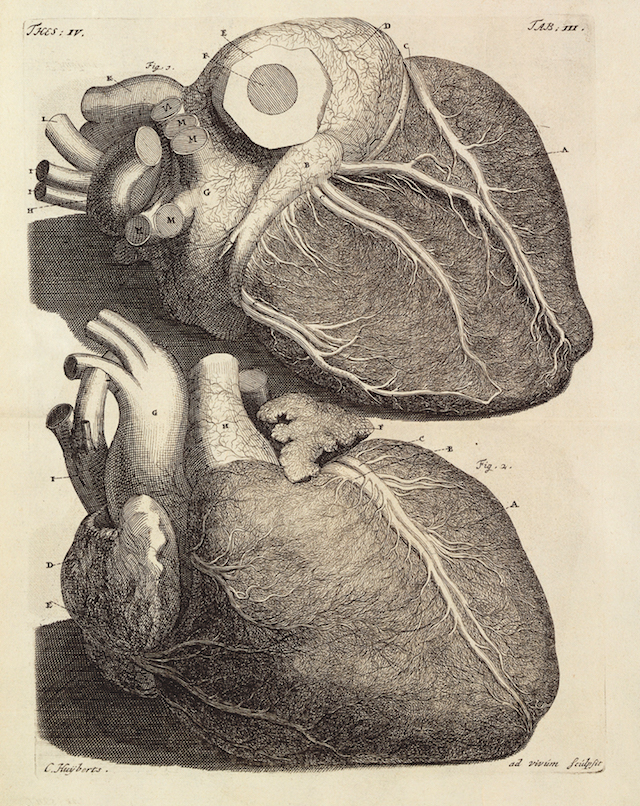
From early times, we can assume, anatomists noted their findings not only in texts but also in visual media, such as two-dimensional drawings, woodcuts, etchings, lithographs, photographs, scans and digital images, or three-dimensional manikins in ivory, wax, wood, plaster, porcelain, papier-mâché, glass and plastic in order to document the body’s structure and functionality. Working alone or with physicians, artists, too, have sought to obtain a clearer picture of the body – and of what makes us human. Alone or working with physicians, painters and sculptors such as Leonardo da Vinci and Michelangelo used a knife to explore the body. More recent artists reference their own body experiences in their work, such as Frida Kahlo and JeanMichel Basquiat, or use their own bodies as material, ORLAN for example. Such artists point to the social and political dimension beyond the biological reality, addressing the fetishizing of the body, the potential of (re-)combining body realities or the erotic loading of the naked body.
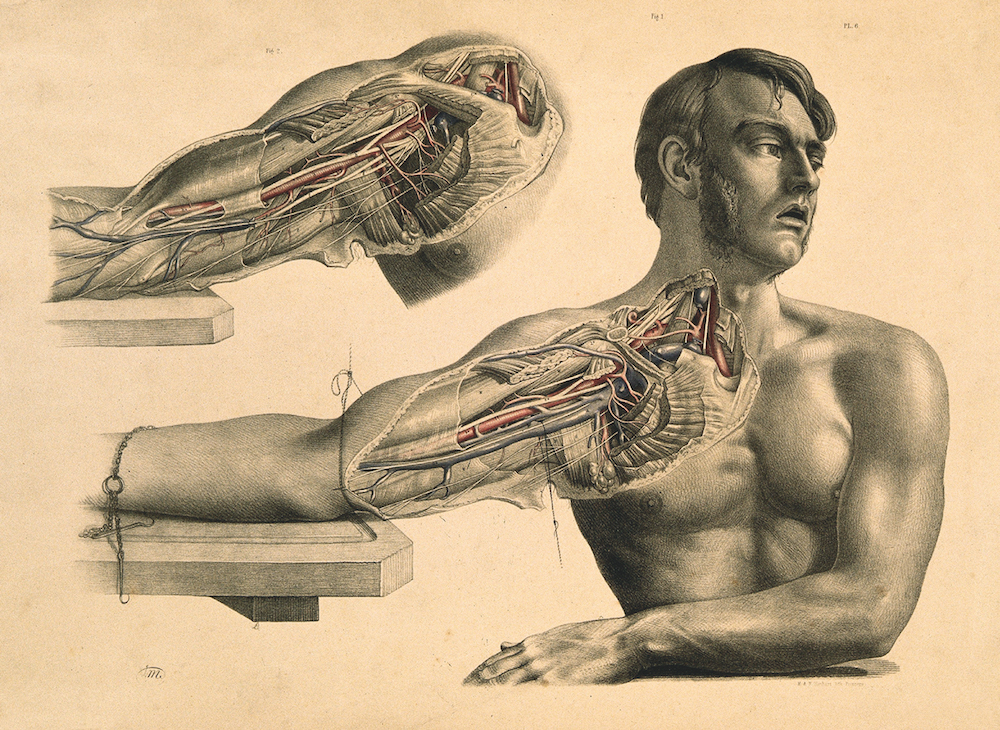
Words by Thomas Schnalke, extracted from Anatomy: Exploring the Human Body (Phaidon, £39.95)

